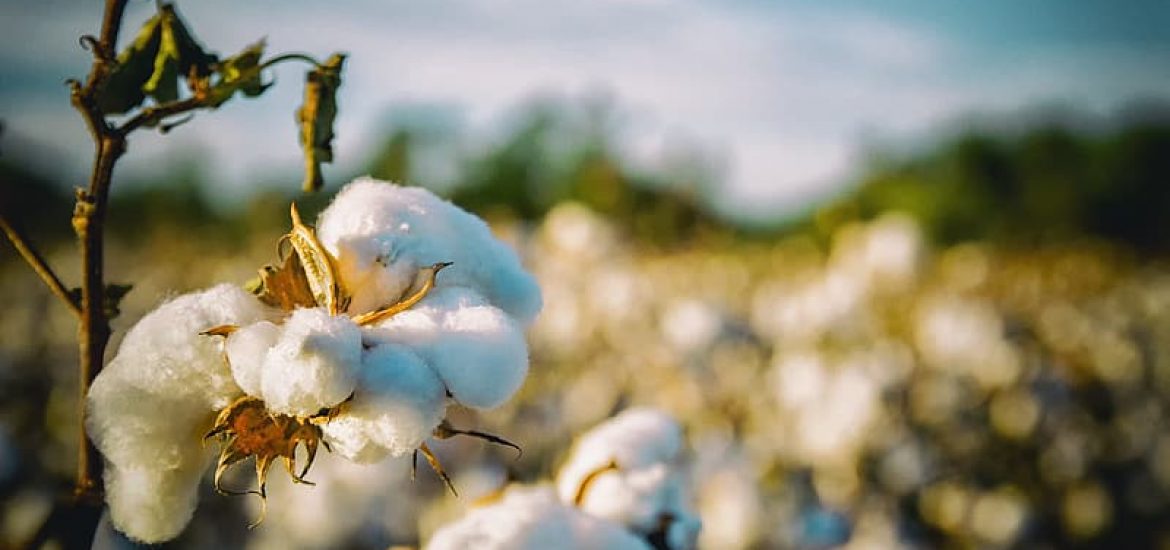New York – Sustainability in the home textiles business looks like…well, it can finally be sustained.
As the entire world focuses more on issues like sustainability, traceability and health and wellness, the home textiles world has responded in kind, developing standards, procedures and processes that are bringing better products to the marketplace.
That was the take from the most recent webinar in the Innovations 2021 series, hosted by Home Textiles Today and sponsored by Supima, “The Inside Scoop on Traceability and Sustainability.” A panel of three industry experts on the subject discussed the progress the industry has made in its efforts in this area and the challenges still ahead.
“The textiles industry has made a lot of advances in its focus on sustainability, including during the pandemic,” said Dr. Gary Adams, president of the U.S. Cotton Trust Protocol, a new organization formed to monitor and provide guidelines to American cotton growers. “But we still have a lot of work in front of us, there’s still a long way to go.”
One of the leaders in these efforts has been The Better Cotton Initiative, BCI. “We work with two million farmers in 23 countries and 20% of the world’s cotton is now certified as better cotton,” said April Stewart Kappler, U.S. operations manager for the global organization. “Our goal is to make cotton better for the growers and the end-users,” she said, adding that BCI has more than 500 brands and retailers who are members, including companies like Target, Ralph Lauren, Ikea and Williams Sonoma.
“Our biggest priority is the large scale transformation of cotton production world-wide.”
One of the leaders in these efforts has been Supima, the premium cotton organization that is a member of BCI and has worked on traceability though its Oritain system that tracks cotton fiber through DNA origin-mapping, said Marc Lewkowitz, president of Supima, who is also this year’s head of BCI. “Quantification of the data we have is now possible and that’s a real advantage. Using this information is a key to our business,” he said, adding that Supima has worked with BCI for years and sees both it and the new Cotton Trust organization as real valuable parts of these efforts, “each using different methods to achieve the same results.”
Dr. Adams said his group sees itself as an organization that can help the U.S. industry and “provide an opportunity for education. Growers can see how they compare to the benchmarks of other growers in the country.”
Lewkowitz said there were still much work to do, to educate both the industry and the consumer, “There’s still a lot of confusion in the marketplace and one of our challenges is how do we manage this.”
The panel agreed that when the industry looks back on this period they will see real progress in these initiatives as it achieves what Home Textiles Today editor-in-chief Jennifer Marks, who moderated the online session, says will be “table stakes” for any company in the business.
Added Supima’s Lewkowitz, “All of this is being addressed now and over the next few years.”
A recording of the live, hour-long session can be viewed on demand here – as can the previous webinars in HTT’s Innovations 2021 series. New online webinars will take place every month.


